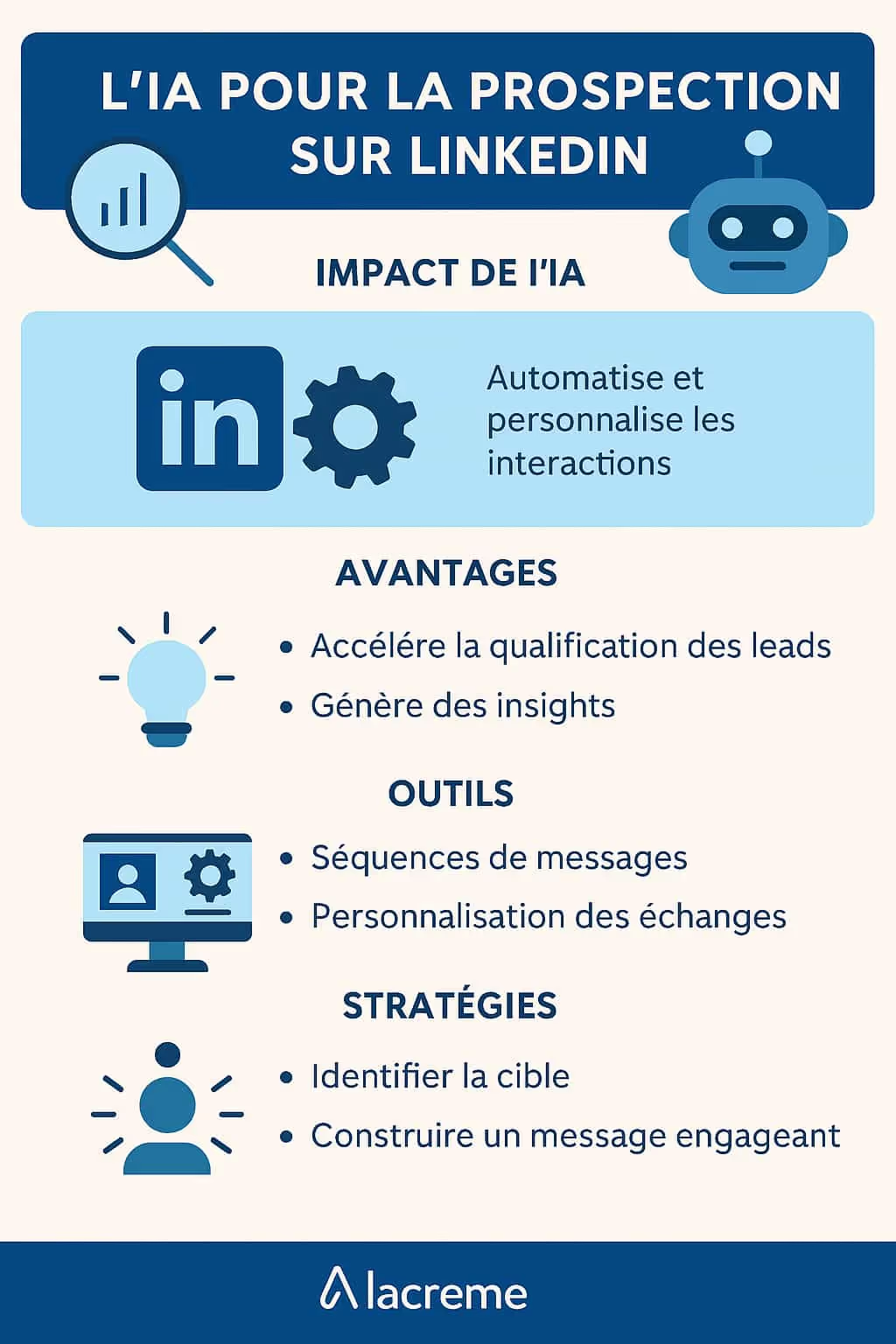THEartificial intelligence (AI) is a multidisciplinary field of computer programs. These machines are capable of carrying out tasks that usually requirehuman intelligence. These tasks includelearning, the reasoning, the problem solving, the perception, the natural language comprehension, among others. However, many people are left with many questions: What isartificial intelligence ? How does it work? What is a neural network ? Rest assured, by the end of reading this blog post you will be an expert on this year's hottest topic.
Understand how theArtificial intelligence simply
One artificial intelligence operates across a variety of sub-fields, but the most predominant and influential are arguably the machine learning (ML), the Deep learning And thepredictive analytics. These areas offer distinct strategies and varied applications for solving problems, making decisions, and automating tasks. THEartificial intelligence, with its neural networks and algorithms, offers the same processing capabilities ashuman intelligence in many areas.
Neural network and Machine Learning
The Machine learning is a technique that allows machines to learn from data and improve their performance with experience. These advanced forms allow machines to learn and adapt like the human brain. At the heart of ML, there are algorithms who ingest and analyze data to create a model. This model can then be used to make predictions or decisions without being explicitly programmed to do so.
Deep Learning and deep learning
The Deep learning, a subset of ML, is inspired by the structure and function of artificial neural networks of the human brain. It involves the use of artificial neural networks with multiple layers (hence the term “deep”) to model complex data representations. It is a powerful technique for processing and interpreting vast amounts of unstructured data, and is widely used in areas such as image recognition and speech.
Predictive analytics and types ofartificial intelligence
THEpredictive analytics uses statistical models and ML to analyze historical and current data in order to make predictions about future events. It is used in various sectors, such as Finances to assess credit risks, or the health to predict the occurrence of diseases.
Each of these methods offers specific operating mechanisms:
- The ML is based on the idea that machines can learn and improve from data and experience.
- The Deep learning allows in-depth analysis and modeling of large quantities of unstructured data, thanks to complex neural architectures.
- THEpredictive analytics provides valuable predictions about future events or trends based on the analysis of historical and current data.
These approaches are complementary and can be used together to develop solutions forartificial intelligences robust and sophisticated, adapted to a multitude of challenges and opportunities in various fields.
Use theAI across all sectors: A global perspective
THEartificial intelligence has interfered in many aspects of our daily and professional lives, creating a web of solutions and innovations that facilitate and optimize tasks, processes and decisions.
Everyday uses
On a daily basis, this technology influences our actions and decisions in an often imperceptible way. It powers the recommendation engines that influence our online shopping choices, optimizes Internet search results, and personalizes our user experience on social media And the streaming platforms. In addition, personal digital assistants, like Siri or Alexa, use this technology to understand and respond to our voice commands, automating various tasks and providing instant information.
Specialized applications
Beyond consumer applications, theartificial intelligence also has specialized and sectoral applications:
- Health : THEAI contributes to diagnostic accuracy, to the personalization of treatments and to the improvement of patient management. It also makes it possible to predict epidemics, automate administrative tasks and optimize hospital operations.
- Transport : In the sector of transporting, theartificial intelligence is used for the optimization of routes and is at the heart of the development of autonomous vehicles.
- Fabrication : THEartificial intelligence in the manufacturing industry facilitates the predictive maintenance of machines, the automation of production lines and the improvement of quality and efficiency.
- Feeding : In the field ofpowering, theartificial intelligence helps forecast demand, optimize the supply chain, and improve food security.
- Administration : THEartificial intelligence can automate and optimize various administrative processes, facilitate data-based decision-making, and improve public services.
The capacity of theartificial intelligence to analyze, learn and adapt its responses and actions makes it a powerful tool for solving problems, creating efficiencies and innovating in areas that are constantly evolving.
The Impact ofArtificial intelligence
THEAI has a profound and transformational impact on various sectors, and it is a key driver of progress, innovation, and resilience. This technology is present everywhere, with applications ranging from Chatbots to the software present in the autonomous vehicles.
Cybersecurity
In the field of cybersecurity, theAI plays a crucial role in strengthening defenses against threats and attacks. It allows for proactive vulnerability analysis, rapid threat detection, and automated response to security incidents. THEartificial intelligence also helps identify and neutralize advanced threats and behavioral analysis.
Chatbots and voice assistants
Les voice assistants have become more and more popular in our daily lives. These chatbots can be used in various areas such as customer service, technical support, or even for more personal tasks like event planning. They can answer questions using voice recognition. These smart robots are designed to perform repetitive or low-value-added tasks, and even control connected home devices. With the advance of technology, these tools have become more and more sophisticated and capable of performing increasingly complex tasks in a more natural way.
Fight against Covid-19
Faced with the pandemic of Covid-19, algorithms have been reaction and management tools, helping experts manage the health crisis. It has been used to model the spread of the virus, inform public health policies, and optimize the distribution of resources and vaccines. In addition, in the development of vaccines, theAI has helped to accelerate the research and development of therapeutic solutions.
Fake Information
THEartificial intelligence is also mobilized in the fight against misinformation and fake news. The algorithms ofAI can analyze and verify the veracity of information in real time, identifying and filtering questionable or misleading content to maintain the integrity of information and public discourse.
AI in the banking sector
If theartificial intelligence is used in sensitive sectors such as medicine, banking sector is not spared. THEartificial intelligence has evolved enormously in the financial world. Banks are now using theAI to automate back-office processes, improve fraud prevention, and offer personalized recommendations to customers. It also makes it possible to analyze financial data more effectively through predictive analyses of market movements. Thus, investment robots like Renaissance or Aladdin have recorded performance records over the last 10 years.
Benefits for Businesses
In the business world,AI is a source of competitive advantages, improving efficiency, innovation and the personalization of services. It allows businesses to better understand and anticipate customer needs,automate processes, and to reveal valuable insights from data to inform strategy and decision-making.






